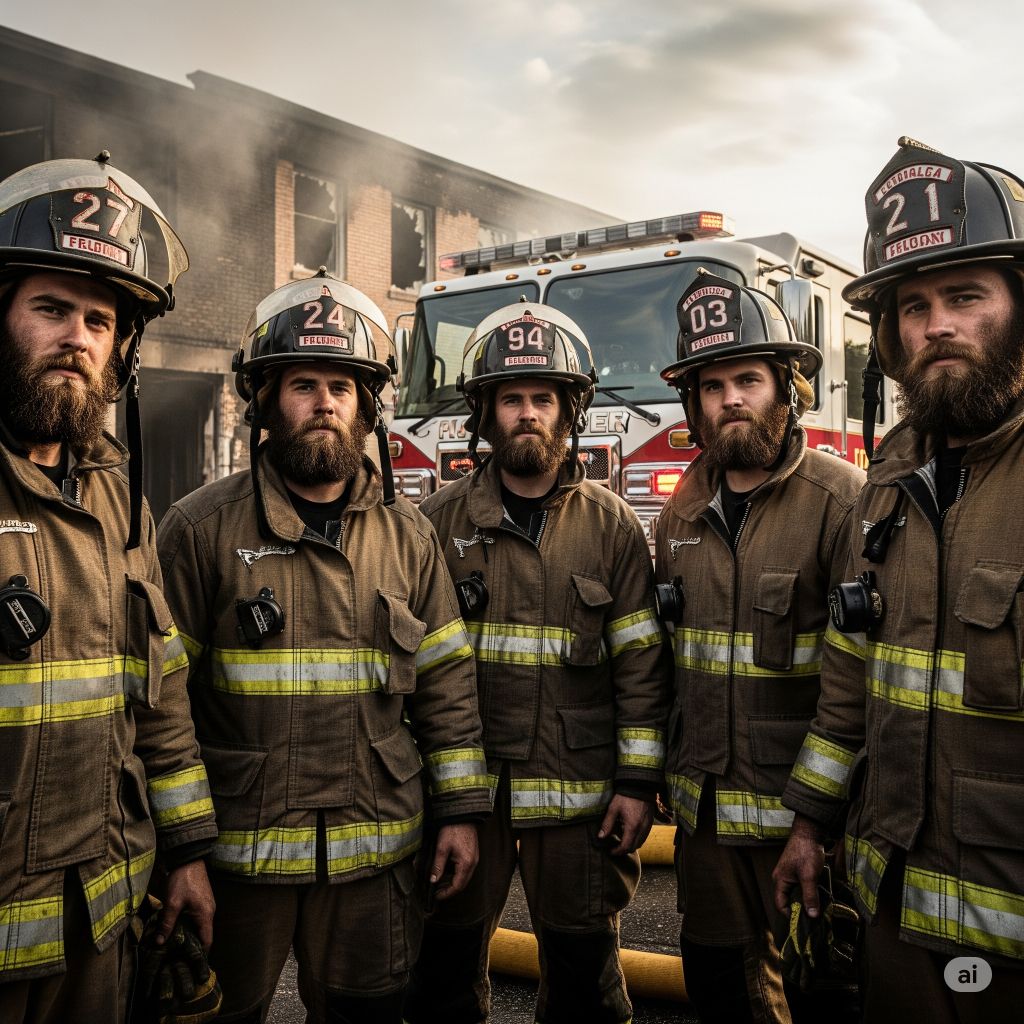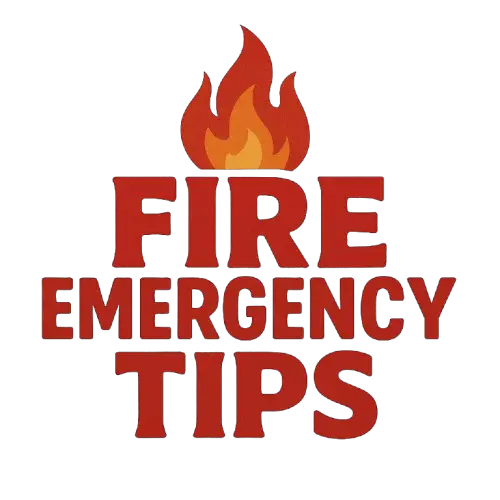
As a firefighter, you might wonder if you can sport a beard while on duty. Well, the debate over whether firefighters can have beards is a hot topic in the firefighting community. In this article, I’ll delve into the reasons behind the no-beard policy in many fire departments and explore the exceptions that some firefighters are granted.
Having a beard as a firefighter can be a contentious issue due to safety concerns related to wearing breathing apparatus properly. While some fire departments have strict no-beard policies to ensure a proper seal with masks, others have adapted their rules to accommodate certain types of facial hair. Join me as I uncover the reasons behind these policies and the potential compromises that can be made for firefighters who want to maintain their facial hair.
Key Takeaways
- Safety is paramount in firefighting, and maintaining a proper seal with breathing apparatus is crucial to prevent exposure to harmful substances.
- No-beard policies are common in fire departments to ensure effective respiratory equipment usage and minimize risks in hazardous environments.
- Facial hair, like beards, can compromise the seal of masks, leading to leaks during fit testing and exposing firefighters to toxins.
- Exceptions and compromises, such as religious or medical accommodations, alternative respiratory protection, regular fit testing, and specialized training, can be considered for firefighters with beards while prioritizing safety.
Importance of Safety in Firefighting
Ensuring safety in firefighting operations is paramount. Respiratory protection is a critical component in the line of duty for firefighters. Maintaining a proper seal with the breathing apparatus is essential to prevent inhalation of harmful smoke and toxins. Any hindrance to the effectiveness of the facepiece seal can jeopardize a firefighter’s well-being in hazardous environments.
Beards have been a topic of discussion due to their potential interference with achieving a secure mask seal. When it comes to safety protocols, compromising on the efficacy of protective equipment is non-negotiable. Fire departments implement no-beard policies as a proactive measure to minimize risks and ensure the safety of their personnel during critical operations.
In the unpredictable and high-stakes environment of firefighting, adherence to safety guidelines is crucial. While personal grooming preferences are important, they must be balanced with the need for unimpeded safety measures. The enforcement of no-beard policies underscores the priority placed on safety and preparedness within fire departments.
Reasons Behind No-Beard Policies
Beards can compromise respiratory protection by preventing a proper seal with masks. Facial hair can interfere with mask fit testing, leading to leaks that expose firefighters to toxic substances. No-beard policies help ensure effective respiratory equipment usage in hazardous conditions. Safety regulations prioritize minimizing risks and promoting firefighter health.
Safety Concerns with Facial Hair and Breathing Apparatus
When it comes to firefighter safety, the importance of proper gear cannot be overstated. Facial hair, while stylish and trendy, can pose a significant risk when it comes to breathing apparatus.
Beards can interfere with the seal of masks, causing potential leaks during fit testing. These leaks can expose firefighters to harmful substances in a fire emergency situation.
Safety regulations prioritize minimizing risks and safeguarding firefighters’ health in hazardous environments by ensuring the effective use of respiratory equipment.
Exceptions and Compromises for Firefighters with Beards
When it comes to firefighters with beards, there are some exceptions and compromises that may be considered to address the safety concerns related to facial hair and the use of breathing apparatus. Here are a few key points to keep in mind:
- Religious or medical accommodations: In some cases, firefighters may request exceptions to grooming policies due to religious beliefs or medical conditions. Proper protocols should be in place to accommodate these unique circumstances while ensuring safety standards are met.
- Alternative respiratory protection: Fire departments may explore the use of alternative respiratory protection for firefighters with beards, such as powered air-purifying respirators (PAPRs) or loose-fitting hoods. These options can provide effective respiratory protection without compromising the seal of the mask.
- Regular fit testing: For firefighters with beards, regular fit testing is crucial to ensure that the respiratory equipment maintains a proper seal. This ongoing testing helps identify any issues that may arise due to facial hair and allows for adjustments to be made as needed.
- Training and awareness: Firefighters with beards should receive specialized training on how to properly wear and maintain their respiratory equipment. Awareness of the potential risks associated with facial hair can help them take the necessary precautions to stay safe on the job.
By addressing these exceptions and compromises thoughtfully and proactively, fire departments can accommodate firefighters with beards while maintaining a high level of safety and ensuring the effectiveness of respiratory protection equipment.
Conclusion
Considering safety concerns and the importance of effective respiratory protection equipment, accommodations for firefighters with beards are crucial. By implementing measures such as religious or medical exceptions, alternative respiratory protection methods, regular fit testing, specialized training, and increased awareness, safety standards can be maintained while accommodating facial hair. These strategies ensure that firefighters with beards can perform their duties effectively in hazardous environments without compromising safety. It is essential to prioritize safety while also respecting individual needs and beliefs within the firefighting community.
👨🚒 Are Bearded Firefighters safe FAQ’S
❓ 1. Can firefighters have beards?
Most fire departments restrict or discourage beards for active-duty firefighters due to safety concerns with SCBA mask seals (Self-Contained Breathing Apparatus).
❓ 2. Why are beards considered unsafe for firefighters?
Facial hair interferes with the airtight seal of SCBA facepieces, potentially allowing smoke, toxins, and superheated gases to enter — increasing the risk of inhalation injury or death.
❓ 3. Are there official beard regulations in firefighting?
Yes. The OSHA 1910.134 regulation prohibits any facial hair that interferes with the sealing surface of the respirator, including full beards, goatees, and stubble within the seal zone.
❓ 4. Can firefighters keep a mustache?
Yes, mustaches are usually allowed as long as they do not extend into the sealing area of the mask. Handlebar or thick-styled mustaches may be subject to review.
❓ 5. What if a firefighter needs a beard for religious reasons?
Some departments may offer reasonable accommodations, such as:
- Modified duties (e.g., fire prevention or inspections)
- Use of PAPRs (Powered Air Purifying Respirators)
However, full suppression roles still often require a clean-shaven face.
❓ 6. Are there safe alternatives to SCBA for bearded firefighters?
Yes, but they’re limited. PAPRs and loose-fitting hoods may work for certain non-IDLH (Immediately Dangerous to Life and Health) environments — not suitable for interior structural firefighting.
❓ 7. Do volunteer departments enforce beard rules strictly?
It varies. Smaller or rural volunteer departments may be more lenient, but risk and liability remain high, especially if firefighters respond to structure fires.
❓ 8. Can a beard impact a firefighter’s career advancement?
Yes. Firefighters with beards may be restricted from full suppression duties or promotions requiring SCBA certification — impacting special teams, leadership, or hazmat roles.
❓ 9. How can firefighters keep facial hair and still be effective?
They may:
- Trim facial hair outside the seal zone
- Transition to non-suppression roles
- Use beard-compatible respiratory gear (where approved)
- Get annual fit tests with professional guidance
❓ 10. Is there a trend of loosening beard restrictions?
Some advocacy and religious groups have prompted policy reviews. However, safety still overrides appearance, and most departments maintain clean-shaven standards until certified safe alternatives are widespread.
